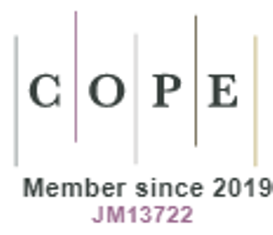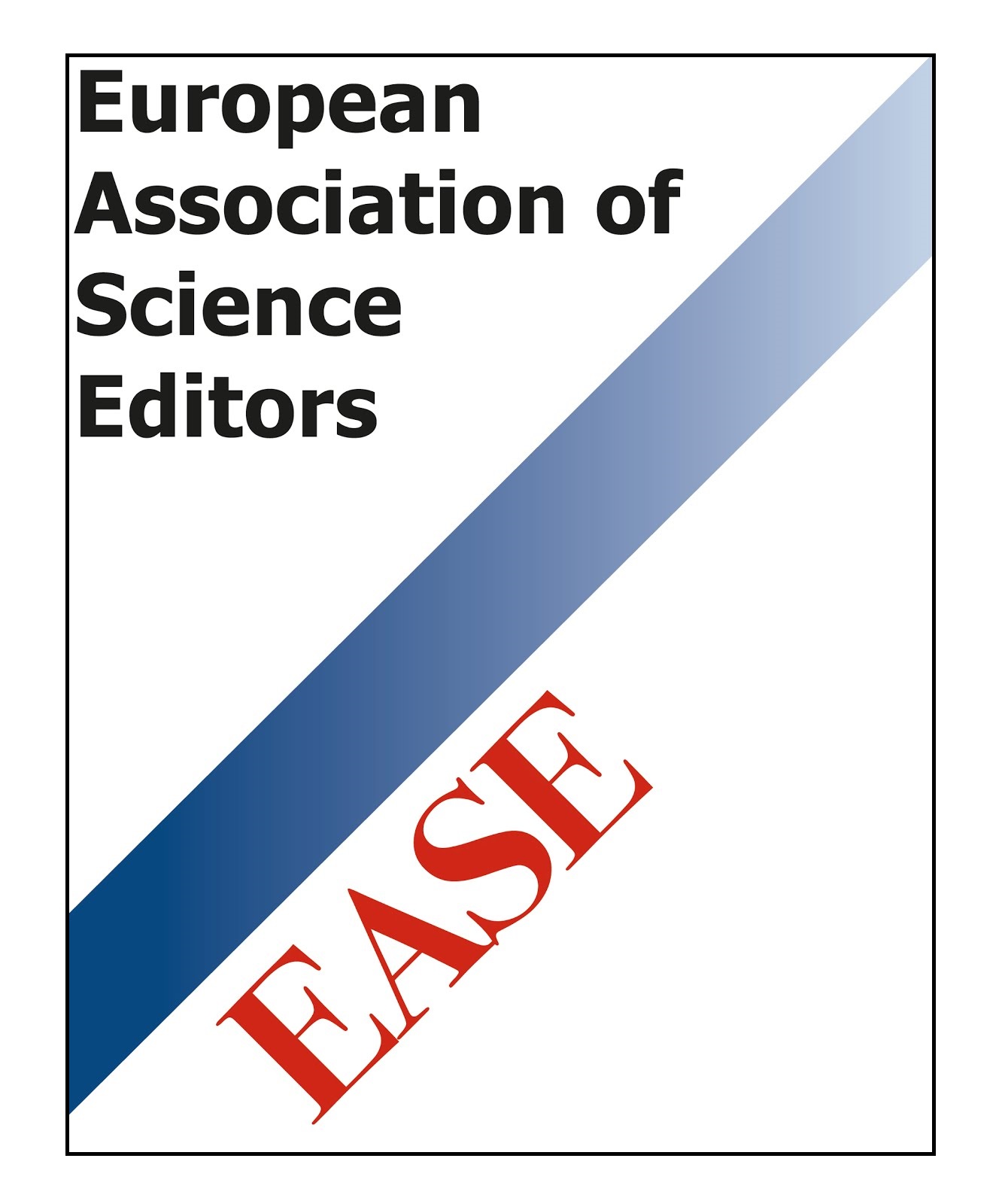Charge Radius And Neutron Skin Thickness Of Platinum And Osmium Isotopes Near The Nuclear Drip Lines
DOI:
https://doi.org/10.15415/jnp.2022.92027Keywords:
HFB theory, Nuclear drip lines, Charge radii, Skyrme functional, Neutron skin thicknessAbstract
Background: The density distributions of exotic nuclei are different from that of stable nuclei. For stable nuclei, charge radii can be obtained through electron scattering experiments. The excessive neutrons in neutron-rich nuclei make a decoupling of neutron and proton distribution and as a result nuclear skin structures are appeared.
Purpose: The charge radius and the way by which nucleons are distributed can provide information about size, surface thickness and shell structure of nuclei. The information collected from such nuclei can be used for astrophysical studies to understand the origin of heavy elements.
Methods: In the present study, we have made an attempt to investigate the charge radii, rms radii and skin thickness of Pt and Os isotopes. Here, the calculations were made by using the HFB solver which utilizes HO single-particle basis and iteratively diagonalizes the HFB Hamiltonian based on the Skyrme forces.
Results: Here we can observe an increase in charge radius, rms radius and skin thickness with neutron number. The charge radii calculated are in good agreement with the experimental data and predictions of RCHB model. A linear dependence of skin thickness on neutron number is observed with the change in slope is noticed around N =126.
Conclusion: Using HFB theory, we have analyzed the charge radius and neutron skin thickness of Pt and Os isotopes. The drip line nuclei have larger charge radius in comparison to the stable nuclei. The redistribution of the nucleons due to addition of neutrons leads to the gradual increase in neutron skin. The sudden increase of skin thickness may be due to the extra stability and shell closure around the magic number.
Downloads
References
J. Dobaczewski and W. Nazarewicz, Philos. Trans. R. Soc. London A, 356, 2007 (1998).https://doi.org/10.1098/rsta.1998.0261
S. Frauendorf, and A. O. Macchiavelli, Progress in Particle and Nuclear Physics 78, 24-90 (2014). https://doi.org/10.1016/j.ppnp.2014.07.001
R. F. Casten and B. M. Sherrill, Prog. Part. Nucl. Phys., 45, S171 (2000). https://doi.org/10.1016/S0146-6410(00)90013-9
J. Dobaczewski, W. Nazarewicz and M.V. Stoitsov, Eur. Phys. J. A, 15, 21 (2002). doi:10.1140/epja/i2001-10218-8
A. Bohr, B. R. Mottelson and D. Pines, Phys. Rev 110, 936 (1958). https://doi.org/10.1103/PhysRev.110.936
I. Angeli, K. P. Marinova, At Data Nucl. Data Tables 90, 69 (2013). https://doi.org/10.1016/j.adt.2011.12.006
N. Schunck and J. L. Edigo, Phys. Rev. C, 78, 064305 (2008). https://doi.org/10.1103/PhysRevC.78.064305
M. M. Sharma and P. Ring, Phys. Rev. C, 45, 2514 (1992). https://doi.org/10.1103/PhysRevC.45.2514
R. J. Furnstahl, Nucl. Phys. A, 706, 85 (2002). https://doi.org/10.1016/S0375-9474(02)00867-9
Jouni Suhonen From Nucleons to Nucleus Concepts of Microscopic Nuclear Theory, Springer (2007).
P. Ring and P. Shuck, The Nuclear Many-Body Problem, Springer, Berlin (1980).
S.A. Changizi, C. Qi, and R. Wyss, Nuclear Physics A 940, 210 (2015). https://doi.org/10.1016/j.nuclphysa.2015.04.010
M.V. Stoitsov et al., Computer Physics Communications 167, 43–63 (2005). https://doi.org/10.1016/j.cpc.2005.01.001
R.R. Chasman, Phys. Rev. C, 14, 1935 (1976). https://doi.org/10.1103/PhysRevC.14.1935
J.Terasaki, P.H. Heenen, P. Bonche, J. Dobaczewski and H. Flocard, Nucl. Phys. A, 593,
(1995). https://doi.org/10.1016/0375-9474(95)00316-S
J.Terasaki, H. Flocard, P.H. Heenen and P. Bonche, Nucl. Phys. A, 621, 706 (1997). https://doi.org/10.1016/S0375-9474(97)00183-8
S. Mizutori, J. Dobaczewski, G. A. Lalazissis, W. Nazarewicz, and P.-G. Reinhard, Phys. Rev. C, 61, 044326 (2000). https://doi.org/10.1103/PhysRevC.61.044326
M. Kortelainen et al., Phys. Rev. C, 82, 024313 (2010). https://doi.org/10.1103/PhysRevC.82.024313
M. Bhuyan et al., International Journal of Modern Physics E Vol. 24, No.4, 1550028 (2015). https://doi.org/10.1142/S0218301315500287
N. Ashok and A. Joseph, Int. J. Mod. Phy. E, 27, 10, 1950093 (2019). https://doi.org/10.1142/S0218301319500939
M.V. Stoitsov et al., Computer Physics Communications 184, 1592-1604 (2013). https://doi.org/10.1016/j.cpc.2013.01.013
J. Dobaczewski, W. Nazarewicz and T. R. Werner, Z. Phys. A, 354, 27(1996). https://doi.org/10.1007/S002180050009
X. W. Xia et.al., At. Data and Nucl. Data Tables 121, 1(2018). https://doi.org/10.1016/j.adt.2017.09.001
Downloads
Published
How to Cite
Issue
Section
License
Copyright (c) 2022 Anjana A V, Nicemon Thomas, Antony Joseph

This work is licensed under a Creative Commons Attribution 4.0 International License.
View Legal Code of the above-mentioned license, https://creativecommons.org/licenses/by/4.0/legalcode
View Licence Deed here https://creativecommons.org/licenses/by/4.0/
| Journal of Nuclear Physics, Material Sciences, Radiation and Applications by Chitkara University Publications is licensed under a Creative Commons Attribution 4.0 International License. Based on a work at https://jnp.chitkara.edu.in/ |














